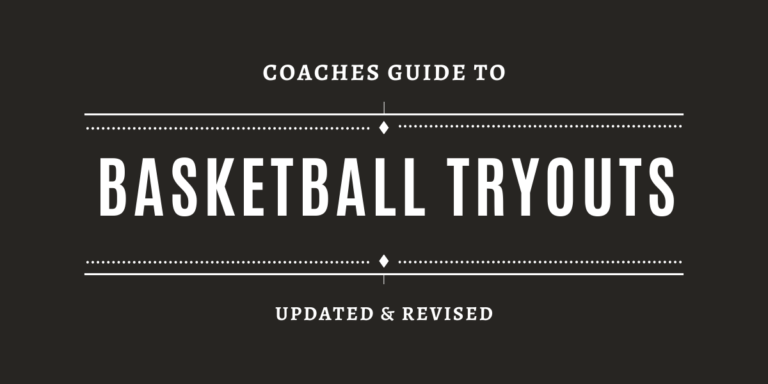A New Take On Team Goals
Team goals area a great thing. Each season I adjust my goals for the players I have and then I talk to my team about the goals they have. I believe having team goals helps to keep everyone focused on what needs to be done in order to have a successful season. They also help your players in the short term to see if improvements are being made or objectives are being met against certain opponents. Team goals do more really important thing, they keep the team communicating effectively. A quality coach keeps the dialogue positive and moving in the right direction. This helps cut down on negative communication and team turmoil.
The hardest things with team goals is they take time. The more goals you set the more you have to track, or do you? What if your team goals weren’t your responsibility? What if they became the team’s responsibility?

My guess is you already keep stats. What if your team goals were based on the stats you already kept. Well, duh! Right? I’d like to agree 100%, but I’ve seen team goals based on how many times an out of bounds play was scored on. If you didn’t keep this stat before you would have to either assign it to someone or you have to go back and watch the film to find all of the out of bounds plays. You then have to decide does the direct pass need to lead to a score or can there be a reversal, post entry pass, skip pass that leads to a three point shot? Don’t get me wrong this isn’t a bad stat to keep and if you track it already then add it to your team goals. But, if you don’t track this stat it may be more work than its worth.
So what types of stats could players look at on the final game stat sheet to use as a measuring barometer to see if the team is going in the right direction?
Here are some I think any team could keep and what I would use with my team, you may have to change the stats kept and your numbers to match your style of play.
- Points scored (over 68)
- Points Against (Less Thank 50)
- Assists (over 10)
- Free Throw % (Over 72%)
- Free Throws (Make more than the opponent shoots)
- Turnovers (Less Than 12)
- Opponent Turnovers (Over 15)
- Charges (2 per game)
- Offensive Rebounds (1.5X the opponents defensive rebounds)(Check out the How to Get More Offensive Rebounds on Free Throws blog post.)
- Defensive Rebounds (2x the number of opponents offensive rebounds)
- Bench Points (over 10)
- Points Per Possession (Over 1.0)
- Value Point Score Per Player (over 1.25) Resource from inside the Coaching Lab
I’m sure there are many other stats you could use. I know coaches who stat back tips in the press or scoring on specific play calls. Whatever you track see what you need to score to have a chance at winning each game and let your team know. This will keep your players engaged in a team conversation and will help them work to improve in areas you may not be very good in right away.
As a side note, try not to promote things such as points scored or assists made by a specific player during this part of team meetings. You want the players on the end of the bench who don’t play as much to still be engaged and a part of things. Once you start talking individual goals the glue guys, the players holding things together will lose focus and the goals may create issues. I wrote about this in Stats – Do We All Look At The Same Thing if you want to check it out.







